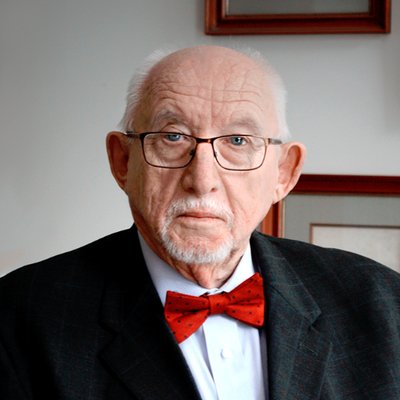Ready for craic on Sunday?
Craic, pronounced crack, is an Irish word that has seeped into English and means party or revelry.
Try as you may, you won’t avoid Sunday’s craic because on Sunday, March 17, hundreds of millions of people around the world will be wearing the green. In short, celebrating St. Patrick’s Day, the national day of the Irish, by putting on something green and taking a drink.
No other nation, let alone a tiny country with a troubled history, can have such a claim on the heartstrings of the planet. For one day, we are all Irish — many of us will go to a place where drink is sold to celebrate it. There isn’t a lot of preamble to St. Paddy’s Day — except for the arrival in the pubs of green-colored beer. Ugh!
The Irish diaspora, which reached its apogee during the Potato Famine of the 19th century, sent the Irish to the far corners of the earth, especially to America, where they endured poverty and eventually prospered.
They brought with them their music, which influenced American Roots Music, like Bluegrass, Folk and Country; their towering literary talent, which gave us generations of writers.
And they got into politics, big time.
A documentary in production and scheduled to be released in 12 episodes at the end of the year, “From Ireland to the White House,” traces the Irish ancestry of 24 U.S. presidents from Andrew Jackson (of Scots-Irish lineage) to Joe Biden.
Tony Culley-Foster, the U.S. representative of Tamber Media, the Dublin company producing the series, tells me the scholarship has been exacting in tracing the ancestry of the presidents. He said the 24 presidents on the list have been certified by the same independent historians and genealogists used by Clinton and Biden. According to the U.S. Census Bureau, there are 31.5 million Americans who claim Irish heritage. So it has become essential for presidents to make pilgrimages to Ireland — to wrap themselves in green.
From my experience in Ireland, the two mainly taken to heart as being of their own were John Kennedy and Ronald Reagan, and of those, Kennedy was the greater heartthrob for the Irish.
My late friend Grant Stockdale’s father was Kennedy’s ambassador to Ireland. Grant spent his mid-teen years in Dublin at the U.S. embassy in Phoenix Park. “I knew what it must be like to be royalty,” Grant told me.
But it isn’t just the presidency shaped by Irish heritage. Irish names are to be found on every public service list, from the U.S. Congress to the local school board. There have been great senators, like Daniel Patrick Moynihan, and great speakers of the House, like the towering Boston-Irish Tip O’Neill. If it’s politics, it’s Irish.
In Britain, some of the greatest statesmen and orators in the House of Commons have been Irish, think Edmund Burke and Charles Parnell.
Ireland’s gift to the world has been its contribution to English literature. Hundreds of great names come to mind. Try Oscar Wilde, Bram Stoker, Samuel Beckett and Edna O’Brien.
And the books keep coming, tumbling out of the most literary fertile minds on earth.
Two contemporary writers dominate my thinking: John Banville and Sally Rooney. Banville is prolific, profound and a joy to read, a master craftsman at the top of his form. Rooney is a kind of literary Taylor Swift, who writes about the sex, love and isolation of young adults of her generation. I am keen to see how she evolves and if she will give joy for generations, as great writers do.
Literacy is part of the fabric of Irish life. An Irish person, far from literary circles, will ask you conversationally, “What is your book?” Translation: “What are you reading?” Ireland treasures books, and reading is a national pastime.
Ireland’s literacy may have saved its economy. At a bleak period when, just 40 years ago, I heard many Irish leaders talk about “structural unemployment” of 22 percent, American scientific publishers found that highly literate women were a resource. That led to a boom in footnoting in Ireland, followed by American Express looking for accurate inputting, and, suddenly, Ireland was transformed from one of the poorest countries of Europe to a boom nation and the Silicon Valley of Europe, as the computer giants moved in.
Galway, a town known for its bookstores and fishing, became ground zero for computing in Ireland.
Craic has no discernible economic value except for the brewers and distillers, but it is such fun. As the Irish say, Slainte (cheers)!


